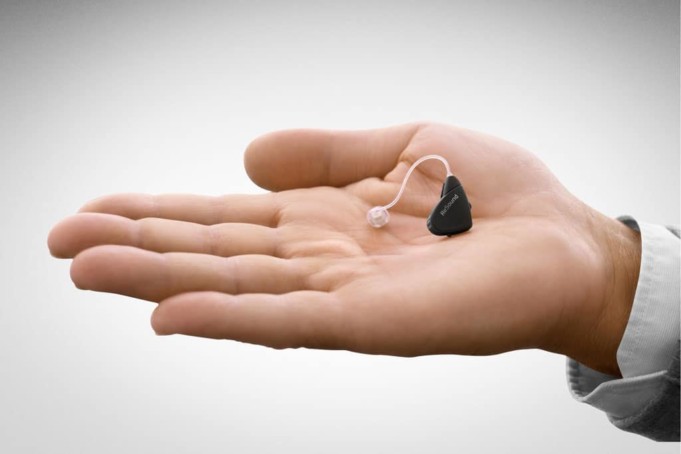Now, in an ideal world you would simply be able to pop in your hearing aid, head outside and forget about it for the rest of the day, never worrying about the possibility of it falling out of your ear. Sadly, this world is not that ideal world.
This world is one in which a large amount of hearing aids use an insert, usually made of either silicone or foam, to fit in your ear. These inserts, unfortunately, only come in generic sizes, rather than being moulded to your specific ear shape; this means they are rather more likely to fall out.
Luckily for you, there is a way to find a generic size that will comfortably fit in your ear (and stay there!) – you just need a bit of trial and error. You could also go and get a custom-fit hearing aid; these are made using a laser scan of your ear, and will be unable to fall out.
The only downside is that they are somewhat more expensive.
Are You Inserting Them Correctly?
Okay, so this may seem rather… obvious, but you have to make sure you’re inserting your hearing aids correctly. Now, we’re not trying to imply any stupidity on your part, but if your aids are custom-made, they will only fit in that ear. This means that a hearing aid fitted to your left ear probably won’t fit your right.
If you’ve forgotten which is which (a surprisingly easy mistake to make), the left one is usually marked with a blue signifier, while the right one should have a bit of red.
If they’re properly put in, the ear piece should be flush in your ear canal, rather than protruding past the ear lobe. It should slide into place in your ear canal. If you don’t feel it do this – or if it’s uncomfortable – try again. Have someone else check to see if it’s right.
Most hearing aids come with a step by step guide on how to do this correctly, but if you need professional advice, pop along to your local Boots Hearing care.
Work Out When
Does your hearing aid come out at a particular time of day, or while you’re doing a certain activity? If so, the aid could be loose in the ear canal. If it’s slightly loose, it will most commonly fall out while chewing or bending over.
Check the Warranty
Normally, a manufacturer’s warranty will last for three years, so don’t put up with a poorly-fitting hearing aid – take it back! Make an appointment to have it refit; you may need a new laser scan. If out of warranty, expect to pay up to £200 for this service.
Try Different Sizes
If you’re wearing a generic mould, try on a number of styles and sizes until you find the one which fits best. You might simply need a different sized tip – this should stop it slipping.
There are lots of different sizes, so shop around. Failing that, there’s still the option of a custom mould, and failing that… well, there’s always duct tape!












